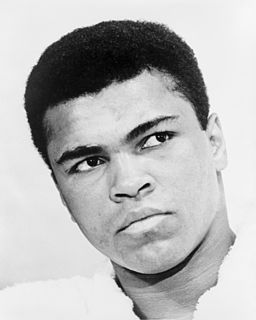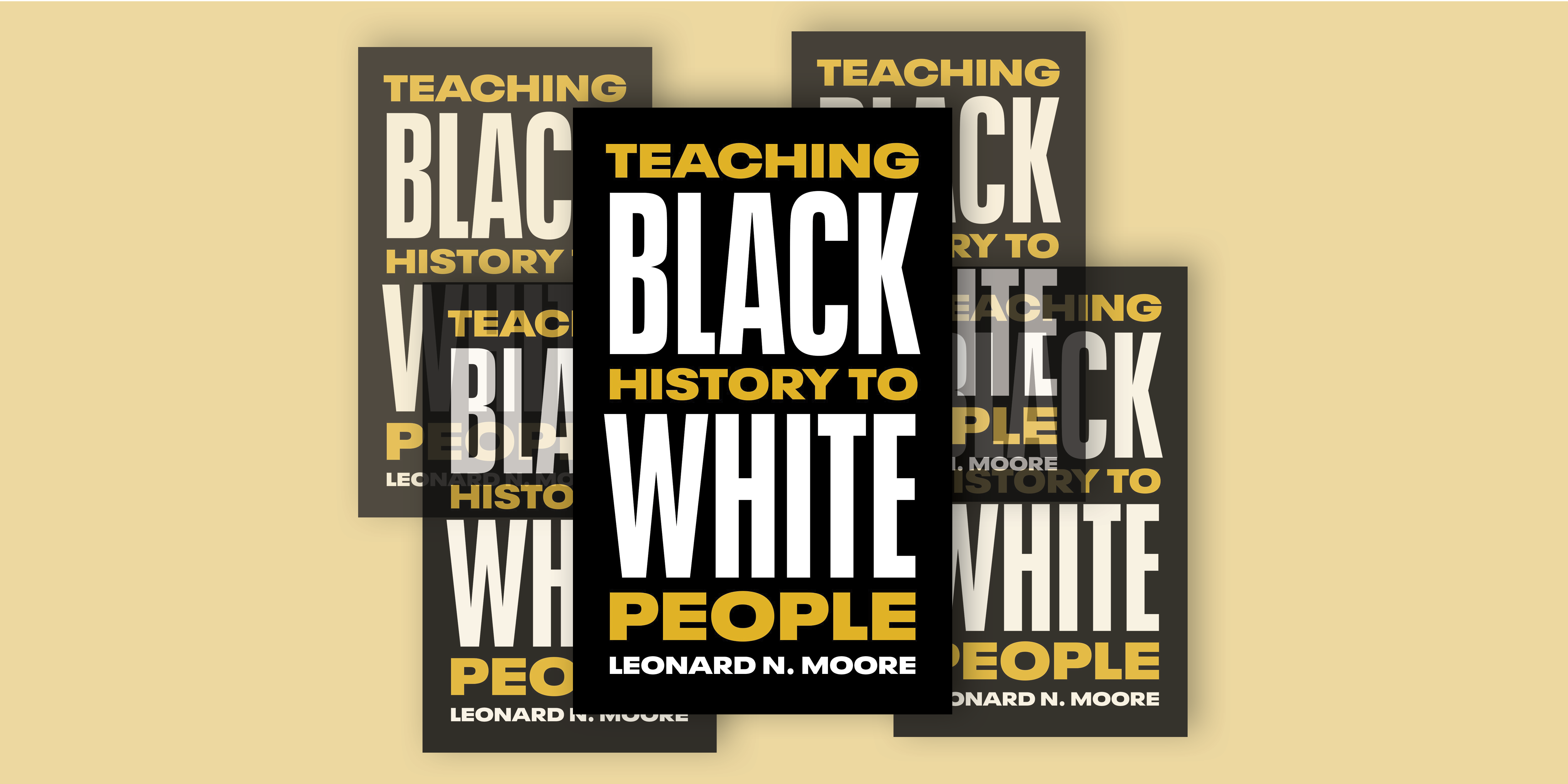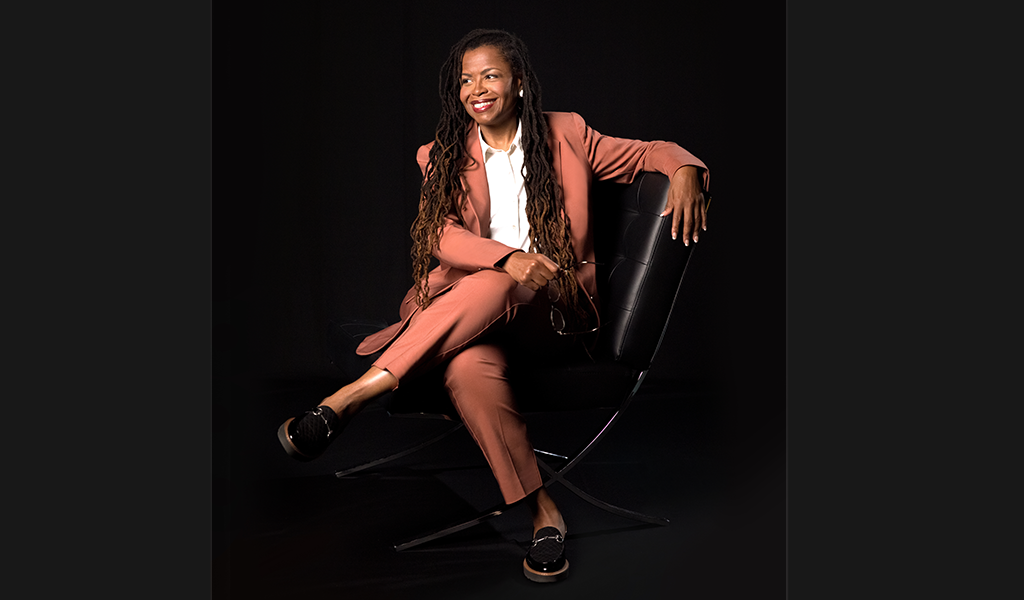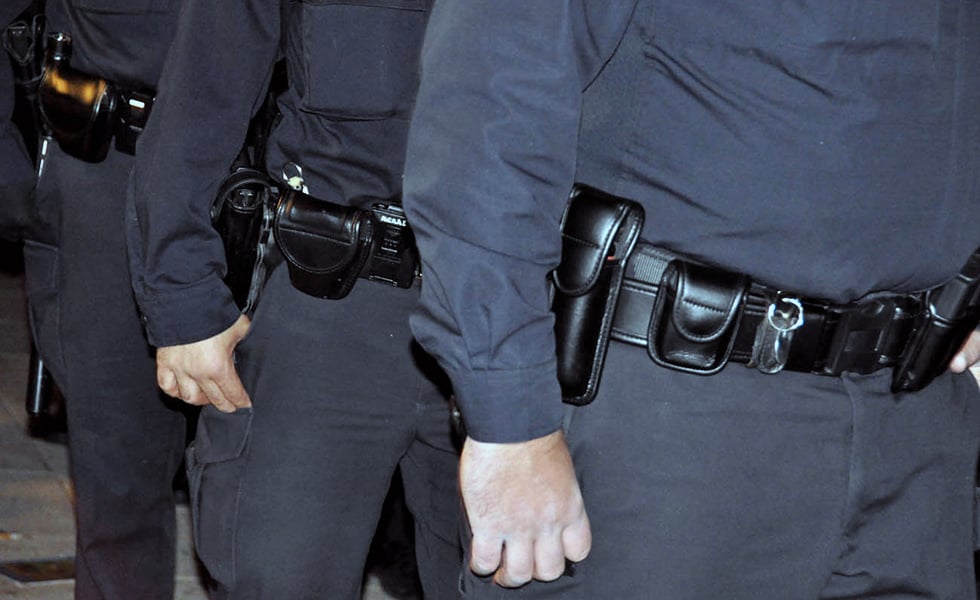
How Ali Inspired a Generation of Chicano Activists
Cassius Clay knocked me out in the summer of 1962.
I was a 20-year-old airman stationed at Bergstrom AFB sitting in the base movie theater, waiting for the start of the main feature: Requiem for a Heavyweight, starring Anthony Quinn as aging boxer Mountain Rivera, a could-of-been-a-contender on his way down, with a young Clay in a small role as Rivera’s opponent.

I had never heard of Clay, even though I was raised in a household where the Friday night fights on TV were a weekly ritual. My Dad was a boxing aficionado and even had a shortwave radio to tune in fights from Mexico. His boxing idol was Raúl Ratón Macias.
As my buddies and I sat in the theater, nothing could have prepared us for the visceral, almost lacerating first minutes of Requiem, as Rivera faces Clay. The camera inventively takes Quinn’s point of view so the ferocious Clay seems to be punching directly at the viewer. My buddy actually shielded himself from the 3D-like blows hurtling from the screen. After his win, Clay says to Rivera, “Nice fight, Champ. You were great!”
Afterward, over a beer at the base bowling alley, my friend asked. “What was that? Who is Cassius Clay?” I was so blown away, I went back to watch that opening scene again.
I had joined the service as a medical corpsman in the Air Force in 1961. I served in the 859th Medical Group, and part of our mission was to bring soldiers wounded in Vietnam back to U.S. hospitals. By the time I was discharged in 1965, we had over 100,000 troops in Vietnam, and the anti-war protests on college campuses had intensified. Returning home as veterans, we weren’t greeted with a parade or a mariachi band. No one was there to say, “Thanks for serving, bro.”
A few years later, in 1967, I was watching TV in my Mom’s house during a semester break from the University of Texas at Austin, and I happened upon a news feature on Clay, by then the world heavyweight boxing champion. He’d also become a Muslim and minister of Islam, and he’d taken a new name: “Cassius Clay is a slave name,” he’d said. “I didn’t choose it and I don’t want it. I am Muhammad Ali, a free name — it means beloved of God, and I insist people use it when people speak to me.”
He’d publicly refused to be drafted, a courageous and unpopular act back then. David Susskind, a New York TV talk show host, had declared Ali “a disgrace, a convicted felon who will inevitably go to prison. He is a simplistic fool and a pawn.” People called him a traitor; the World Boxing Council stripped him of his heavyweight title, and he was banned from boxing for three years.
Soon after he was drafted, Ali said in an interview: “My conscience won’t let me go shoot my brother, or some darker people or some poor, hungry people in the mud, for big, powerful America. And shoot them for what? They never called me nigger. They never lynched me. They didn’t put no dogs on me. They didn’t rob me of my nationality, and rape and kill my mother and father… .”
For me and my service buddies, that hit home. Hard.
The day I saw that news feature was liberating and empowering. It gave me and countless others the moral right to protest the draft and the war. Ali had withstood the slings and arrows of the establishment. He was a conscientious objector. He didn’t flee to Canada. He stood his ground, come hell or high water.
I rehearsed what I wanted to tell him — that by speaking truth to power and defending those who didn’t have a voice or choice, he’d been a powerful force for young Chicanos.
Leaders of the black civil rights movement considered him one of their own. After he returned to the ring in 1970, he was given the Dr. Martin Luther King Memorial Award. King’s colleague Ralph Abernathy called him “the March on Washington, all in two fists.” Coretta Scott-King said he was “a champion of justice, and peace and human dignity.”
It was Ali’s example that led me to join Vietnam Vets Against the War, as well as the radical Students for a Democratic Society (SDS). My activism and commitment to anti-war and social justice causes led to my move in 1970 to teach school in Crystal City, the flagship of the nascent Chicano civil rights movement.
U.S. Latinos emulated the black civil rights movement. We were no longer “Meskins,” “Spics,” or “Spanish.” We anointed ourselves Chicanos and Chicanas. The Black Panthers became a model for the Brown Berets. Cesar Chavez led peaceful protests after King’s example.
By the 1980s, I was living in Los Angeles, teaching for the Los Angeles Unified School District and writing for the Los Angeles Times arts section. But in an unexpected twist, I also covered the rise of Mexican and Latino boxers for the paper’s bilingual section, Nuestro Tiempo. For every fight I covered, I kept waiting to see if Ali, who had been diagnosed with Parkinson’s but was still physically active, would show up. No such luck. I even worked for the notorious Don King, doing press for Julio César Chávez fights. Again, nada.
I finally met Ali in 1993 at a meet-and-greet benefit in Pasadena for one of his charities. All that morning, I rehearsed what I wanted to tell him — that by speaking truth to power and defending those who didn’t have a voice or choice, he’d been a powerful force for young Chicanos.
Ironically Ali, who in Requiem had played challenger to an aging boxer brought low by dementia pugilistica, now suffered from the same disease, which perhaps led to his debilitating Parkinson’s. Over 400 fans stood in line at the Pasadena event, and he seemed to offer a personal greeting to each. As I stood in front of him, his still unscarred face bore a serene smile. He wasn’t any taller than me, but I was in awe, and speechless. As he firmly took my hand, we posed for an obligatory photograph, then I blurted out, “You’re still a pretty boy, Ali.” Though his disability was still in its early stages, he had difficulty articulating his response, uttered, finally, in a soft voice — no longer a roar. “You’re not so bad yourself.”
Coming from a noble warrior, I couldn’t have hoped for anything more generous or validating.
The photograph taken of Ali and me that night sits on my bookcase, along with an autographed photo of him towering over Sonny Liston in victory. Whenever anyone — young or old — sees the photos, the same question is invariably asked. “You actually met Ali? What was he like?” And rather than abide by the old exhortation — “When the legend becomes fact, print the legend” — I tell them the true story of a legend who changed the world.
Just months before his death on June 3, Ali issued a deeply personal, political message under the heading: “Presidential Candidates Proposing to Ban Muslim Immigration to the United States.” It left no doubt to whom it was directed.
“I am a Muslim, and there is nothing Islamic about killing innocent people in Paris, San Bernardino, or anywhere else in the world,” he wrote. “True Muslims know that the ruthless violence of so-called Islamic jihadists goes against the very tenets of our religion. Speaking as someone who has never been accused of political correctness, I believe that our political leaders should use their position to bring understanding about the religion of Islam and clarify that these misguided murderers have perverted people’s views on what Islam really is.”
A ten-bell salute for Muhammad Ali.


